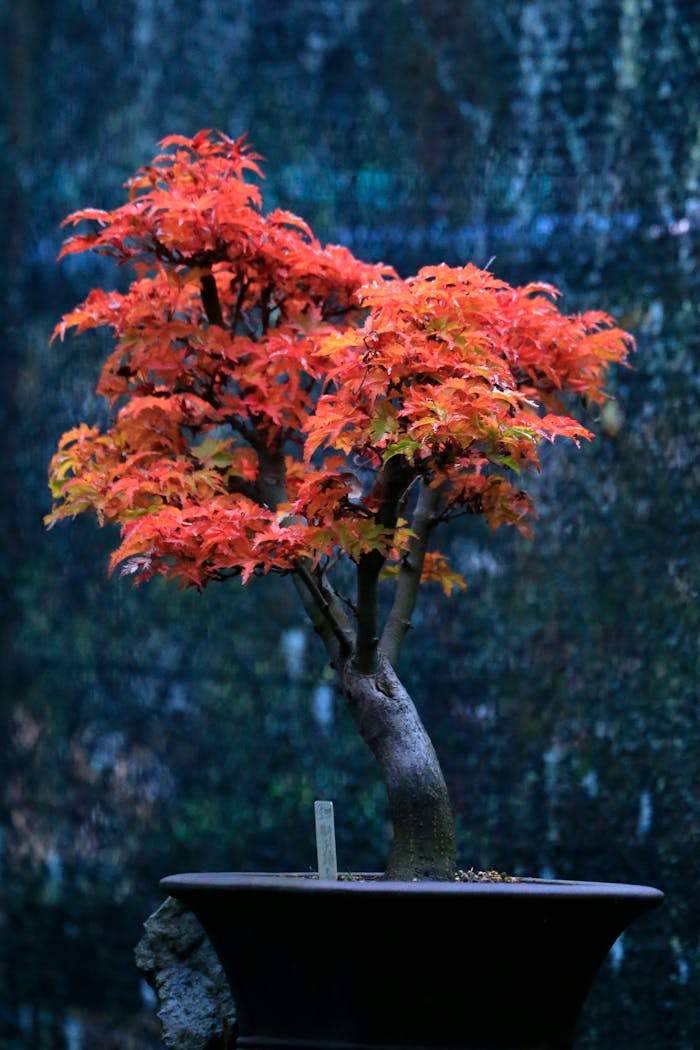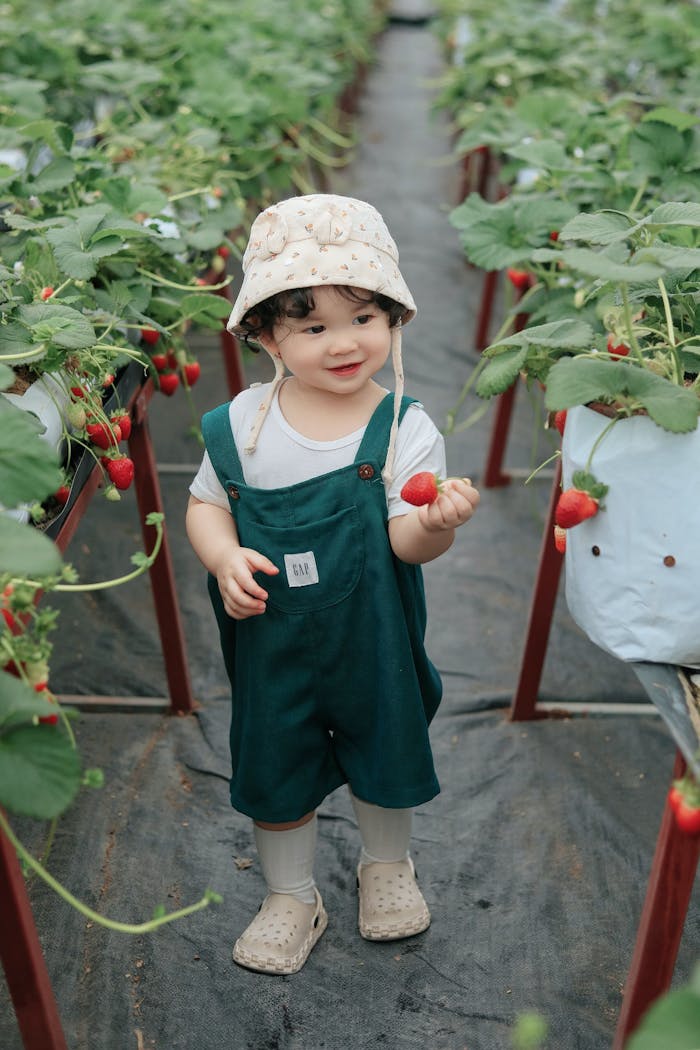|
IN BRIEF
|
As the world increasingly embraces eco-friendly practices, recycling rainwater for your plants emerges as a simple yet powerful solution. Not only does it conserve precious resources, but it also nurtures your garden in a natural way that promotes healthier growth. Imagine transforming a fleeting summer shower into a sustainable lifeline for your beloved flora. With minimal investment and a little creativity, you can set up an efficient rainwater collection system that provides your garden with more than just hydration. Rainwater is rich in essential nutrients and has a neutral pH, making it ideal for cultivating vibrant plants. Dive into this guide to discover how to effectively harness the power of nature and ensure your green spaces thrive under your care.
Understanding the Importance of Rainwater Recycling
Recycling rainwater is gaining popularity among gardeners. This environmentally friendly practice not only conserves water but also provides numerous benefits for your plants. Rainwater is naturally soft and free from the chemicals often found in tap water, which can be harmful to your garden. By harnessing the power of nature, you can develop a sustainable gardening routine that nourishes your plants while protecting the environment.
The Benefits of Using Rainwater for Your Plants
The advantages of utilizing rainwater for irrigation are abundant. Firstly, rainwater is nutrient-rich, carrying essential minerals that promote healthy plant growth. The slightly acidic nature of rainwater with a pH ranging between 6.2 and 6.8 allows for better nutrient absorption, unlocking vital substances from the soil. Moreover, it also helps maintain soil health by reducing the risk of salt buildup that often occurs when using tap water.
Additionally, collecting rainwater is a cost-effective solution. This practice can lead to substantial savings on your water bills, especially during the summer months when plants require more hydration. By relying on a natural resource, you also reduce the pressure on municipal water systems, contributing to broader conservation efforts in your community.
Gathering the Right Equipment
To effectively recycle rainwater for your plants, the first step is to gather the right equipment. Several options are available for collection, including rain barrels, cisterns, or even DIY systems made from recycled materials. When selecting a rain barrel, ensure it is made of durable, UV-resistant material to withstand outdoor conditions.
Consider the size of your setup based on the amount of rainfall your area typically receives. For instance, a larger barrel is more beneficial in areas with consistent rainfall, while smaller storage systems may suffice in drier regions. Remember to include a filter to catch debris from the roof, ensuring the collected water remains clean and free from contaminants.
Setting Up Your Rainwater Collection System
Once you’ve gathered the necessary equipment, it’s time to set up your rainwater collection system. This process can be straightforward, allowing you to gather vital resources for your garden with minimal effort.
Choosing a Collection Point
The ideal collection point for rainwater is typically the roof of your home, as it spans a large surface area. Calculate the potential runoff by multiplying the square footage of your roof by the estimated rainfall in inches. For example, if your roof measures 300 square feet and receives one inch of rainfall, you’ll have approximately 186 gallons of rainwater to collect.
Installation Tips
Position your rain barrel at a convenient site that allows for easy access when filling watering cans or connecting hoses. Be sure to elevate the barrel slightly so that gravity can aid in drainage, making it easier to pour out the water when necessary. Creating a downspout diverter can efficiently direct water straight into your rain barrel, maximizing your collection efficiency.
Maintenance and Upkeep
Maintaining your rainwater collection system is crucial for longevity and efficiency. Regularly check for debris accumulation to keep your collection area clean. Clean the gutters and downspouts periodically to ensure maximum flow into your barrel. It’s also essential to check for leaks and ensure that the seals on your barrel are secured, preventing water loss.
Utilizing Collected Rainwater in Your Garden
Once you have successfully collected rainwater, it’s time to utilize it in your gardening endeavors. Proper usage ensures your plants receive the nourishment they need for healthy growth.
Watering Techniques
When watering your plants, consider the time of day. Early morning or late evening is the best time to water, as evaporation rates are lower during these cooler hours. Use a watering can or a hose equipped with a spray nozzle to control the flow and distribute water evenly across your garden beds.
Best Plants for Rainwater Irrigation
Certain plants thrive exceptionally well when watered with rainwater. Native plants, drought-resistant varieties, and those that prefer slightly acidic environments benefit immensely from this natural resource. Succulents, herbs, and flowering plants can flourish when watered with fresh rainwater rather than chemical-treated alternatives.
Using Rainwater Indoors
Rainwater isn’t limited to outdoor plants. You can also employ this precious resource for your indoor gardening endeavors. Fill up a watering can with rainwater and use it on your houseplants to keep them thriving. Most indoor plants appreciate the gentle touch of rainwater, leading to lush greenery and encouraging healthy foliage growth.
Addressing Common Challenges
Overflow Management
During heavy storms, rain barrels may fill beyond capacity, leading to overflow. Consider installing an overflow pipe that directs excess water away from your foundation and into a garden bed or drainage area. This setup ensures proper management of high rainfall without damaging your collection system.
Preventing Algae Growth
Standing water can attract algae growth, which can be detrimental to your plants. To combat this, keep your rain barrel covered with a tight-fitting lid to block light and reduce the risk of algae flourishing. Furthermore, adding a bit of mosquito dunk or other natural algaecides can prevent undesirable growth without harming your plants.
Maintaining Water Quality
Over time, rainwater can accrue sediment, which may pose challenges when using it for irrigation. To ensure the collected water is clean and beneficial for your plants, consider employing a filtration system at the entry point of your rain barrel. Regularly check the stored water, and if sediment begins to build, take measures to clear it out and keep your collection clean.
Exploring Additional Water Recycling Methods
Aside from rainwater, there are several other sustainable methods to recycle water for your plants. These techniques can further complement your outdoor conservation efforts.
Using Greywater
Greywater refers to gently used water from sinks, showers, and washing machines. With appropriate treatment and filtration, greywater can safely be diverted to irrigate your garden. Always check local regulations regarding greywater usage and make sure to avoid water from toilets, as that is considered blackwater and is unsuitable for recycling.
Harvesting Condensation and Dew
Condensation from air conditioning units or dehumidifiers can be collected and utilized for watering plants. This method is especially beneficial in humid regions where dew often forms on plants in the early morning hours. By strategically placing containers beneath air conditioning drains or utilizing dew catchers, you can further maximize your water harvesting efforts.
Recycling Household Water
Incorporating other eco-friendly practices in your home can contribute even more to water recycling for your garden. For instance, rinsing fruits and vegetables can provide your garden with the nutrients from any residual soap-free water. Capturing that water in a bowl and using it for your plants can significantly decrease your overall water waste.
Fostering a Sustainable Gardening Mindset
Integrating rainwater recycling into your gardening routine encourages a broader commitment to sustainability. This practice not only benefits your plants but also fosters a harmonious relationship between your gardening efforts and local ecosystems.
Getting Involved in Your Community
Consider discussing water conservation initiatives with fellow gardeners and community members. Sharing tips and experiences can inspire others to adopt rainwater recycling practices within their gardens, ultimately creating a collective effort towards environmental stewardship.
Continuous Learning and Improvement
Stay informed about the advances in water recycling and gardening techniques. By continually seeking knowledge, you can enhance your gardening strategies and adapt them as necessary for varied weather patterns and environmental changes.
Understanding the Importance of Rainwater Recycling
Recycling rainwater for your plants is not only an economical practice but also a sustainable solution to combat watering challenges during dry seasons. By establishing a rainwater collection system, gardeners can harness the natural precipitation that falls on their properties. For instance, using a simple rain barrel connected to your roof’s gutter system can allow you to store hundreds of gallons of water during a rainfall. As the renowned environmentalist, David Suzuki once stated, “We cannot close our eyes to the reality of a warming climate that is changing the way we live.” This statement underscores the necessity of adopting eco-friendly practices like rainwater harvesting to ensure the health of our gardens.
Practical Steps for Efficient Rainwater Utilization
To effectively recycle rainwater, it is essential to prepare your garden for its use. Begin by estimating potential rainwater runoff by calculating the catchment area on your roof. After that, set up a rain barrel made from durable materials to prevent contamination. It’s important to remember that rainwater often contains valuable nutrients that are beneficial for plants, such as nitrogen. Additionally, when using rainwater, keep an eye out for common issues, such as algae growth in storage containers, which can hinder plant health. By implementing these practices, you can ensure that your plants receive the high-quality water they require to thrive while contributing to a more sustainable environment.
Recycling rainwater for your plants is not only a sustainable choice, but also an effective way to enhance their growth. By implementing a rainwater collection system, you can ensure a steady supply of this natural resource. Start by measuring your catchment area to estimate potential runoff, allowing you to gauge how much water you can harness. Utilize rain barrels or reservoirs that are durable and UV-resistant to store your collected water safely. Remember that rainwater is rich in essential nutrients, making it a superior choice over tap water. Regularly monitor your system for issues such as overflow and algae growth to maintain efficiency. Embrace rainwater recycling to nourish your plants and support eco-friendly gardening practices.
Frequently Asked Questions about Recycling Rainwater for Your Plants
What is the importance of recycling rainwater for plants? Recycling rainwater is crucial for conserving water, reducing dependency on municipal supplies, and providing plants with a natural source of hydration.
How can I collect rainwater at home? You can collect rainwater by setting up a simple system using barrels or tanks that capture runoff from your roof during rainfall.
What are the benefits of using rainwater over tap water? Rainwater contains fewer chemicals than tap water, has a neutral pH, and is rich in nutrients like nitrogen, which are essential for plant growth.
Can rainwater be stored for long periods? Yes, rainwater can be stored, but it’s important to keep it in a clean, UV-resistant container to prevent contamination.
How much rainwater can I expect to collect? To estimate potential rainwater runoff, multiply the square footage of the catchment area by the amount of rain in inches and then by 0.62 to get the volume in gallons.
What tips can help keep my collected rainwater clean? Keep your collection system covered to prevent debris from entering, clean your gutters regularly, and use a first flush diverter to minimize pollution.
Is it safe to use collected rainwater on edible plants? Yes, using rainwater for edible plants is safe, as it is generally cleaner than tap water and contains no harmful additives.
What are some common issues when using rainwater? Common issues include overflow from barrels and algae growth; these can be managed by ensuring proper drainage and using dark-colored storage containers.

